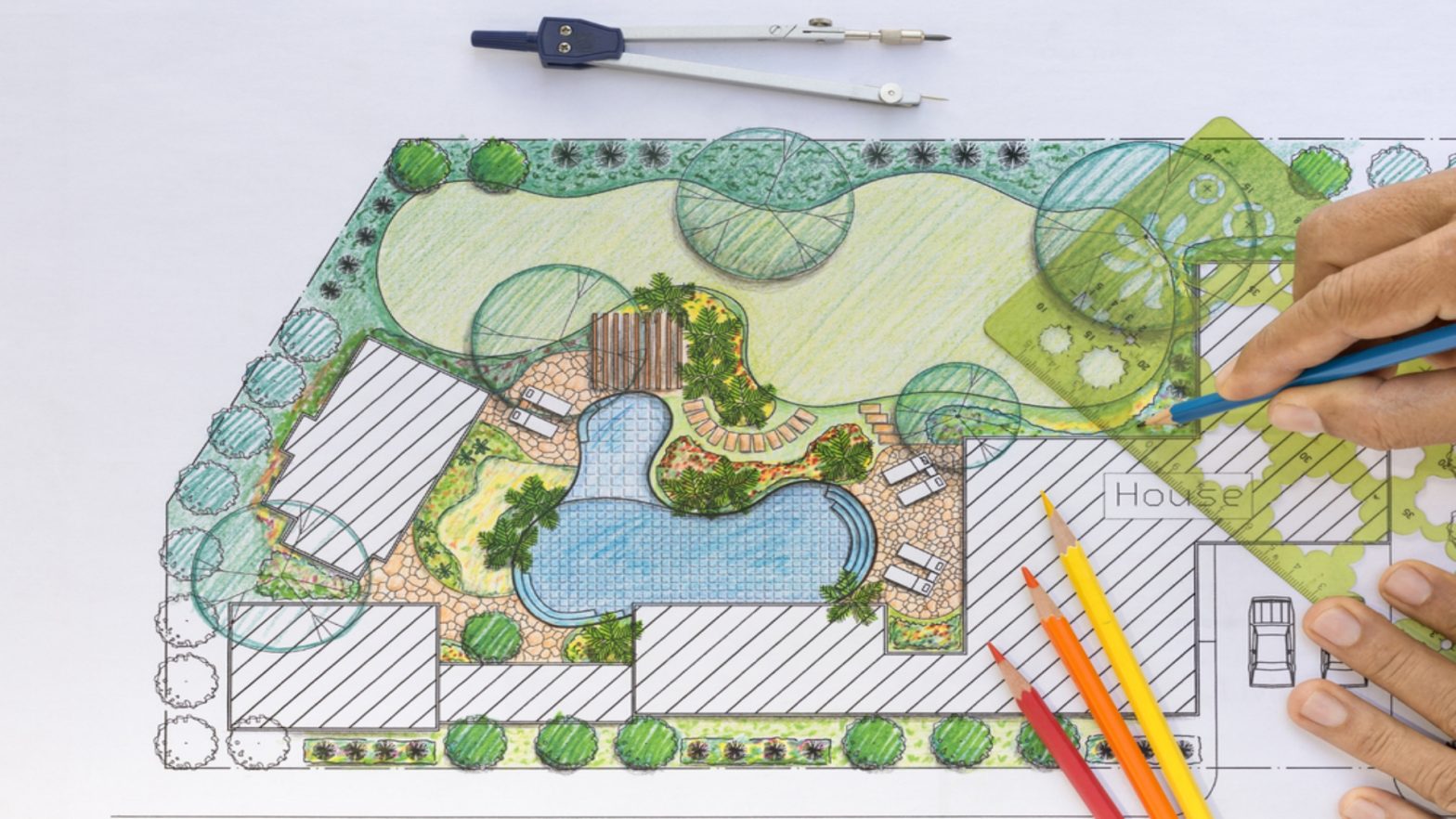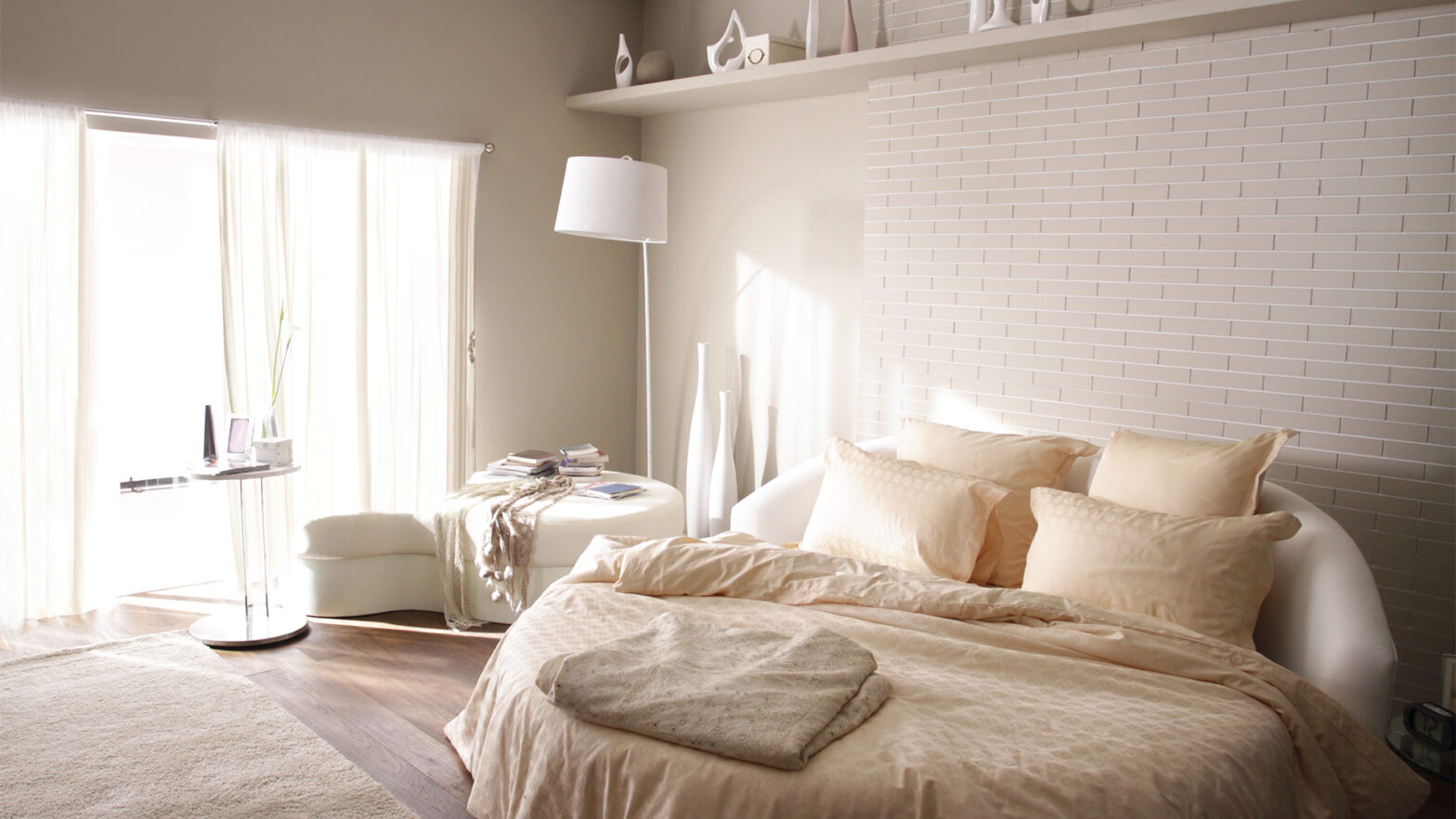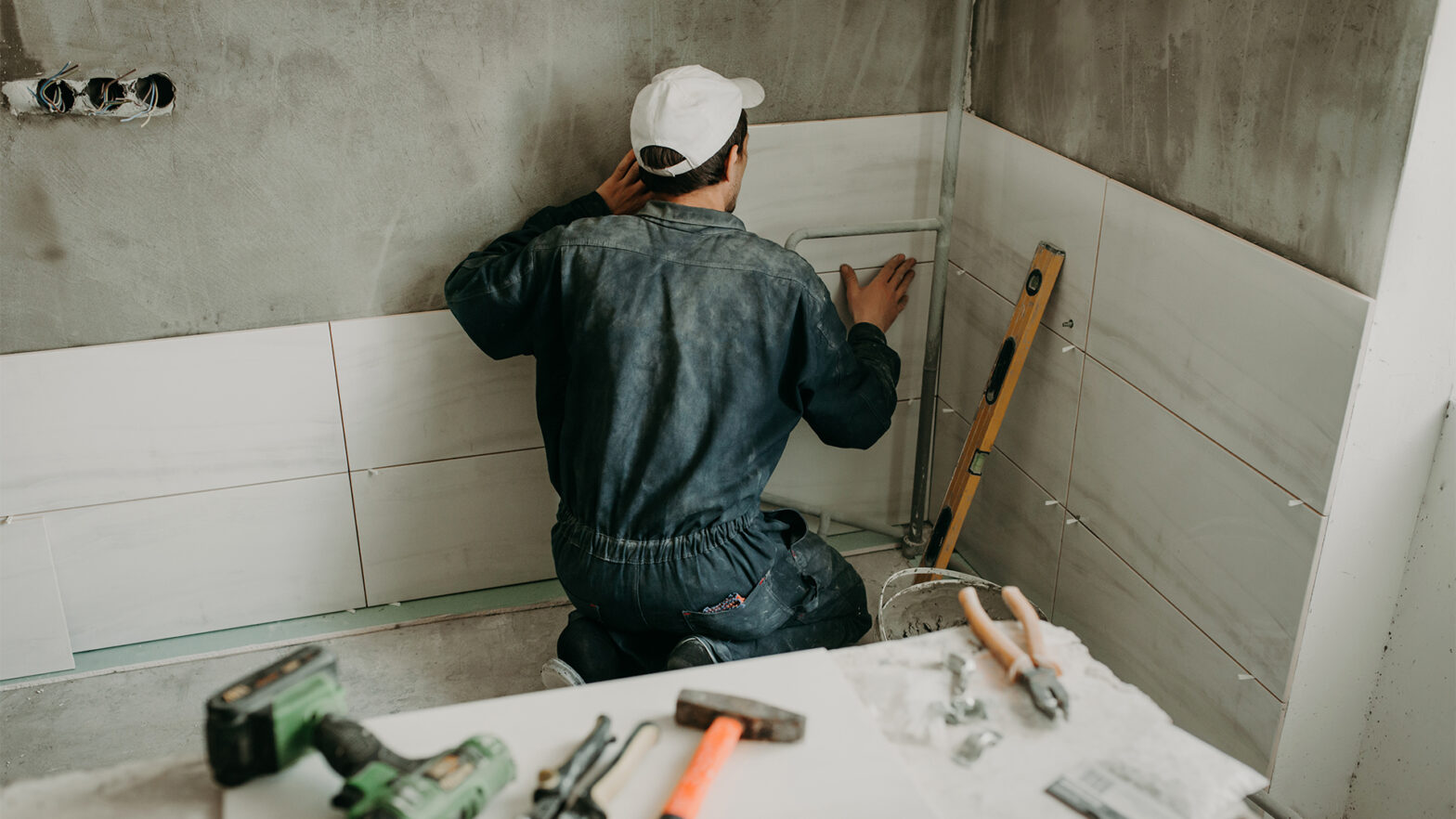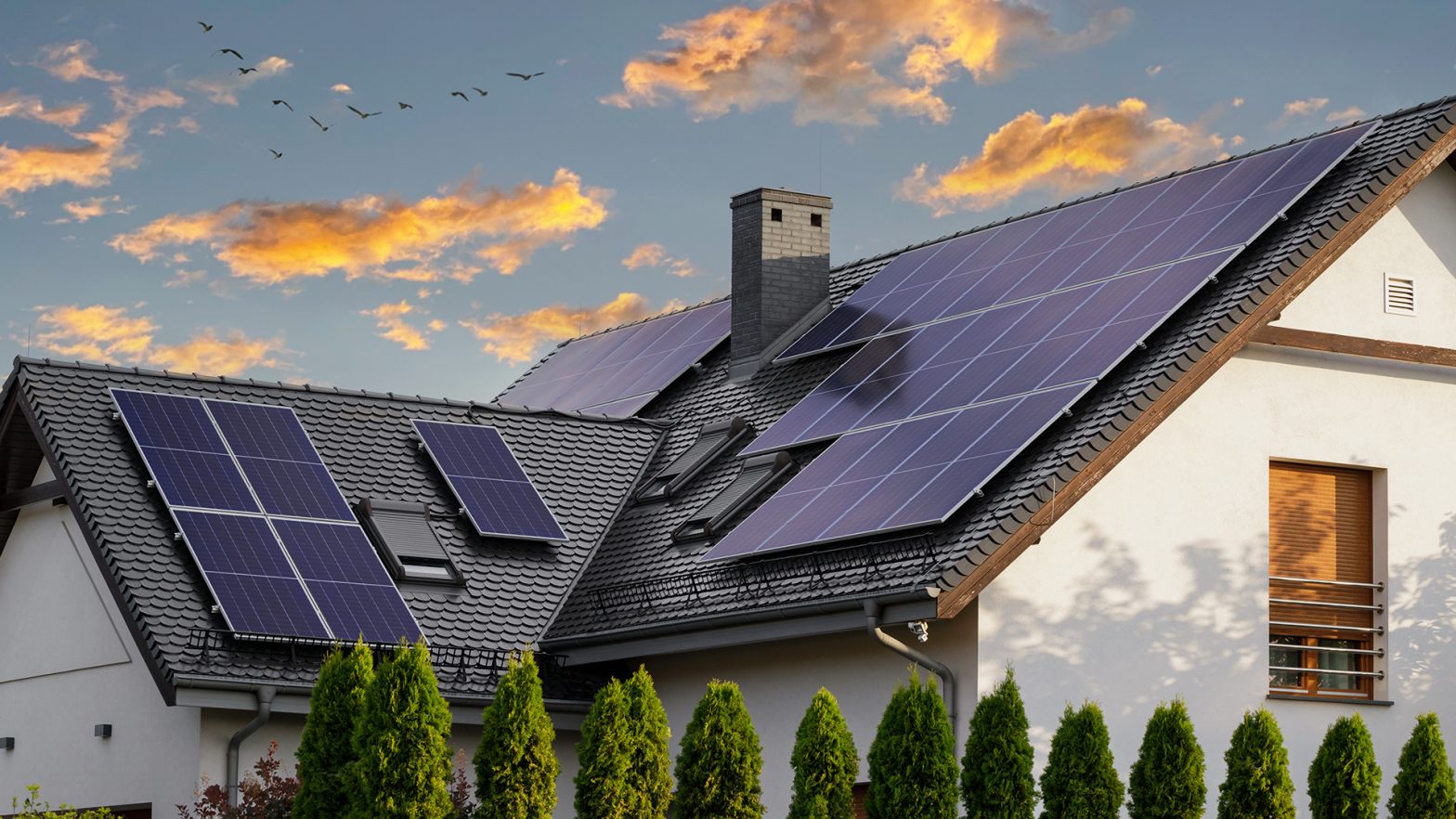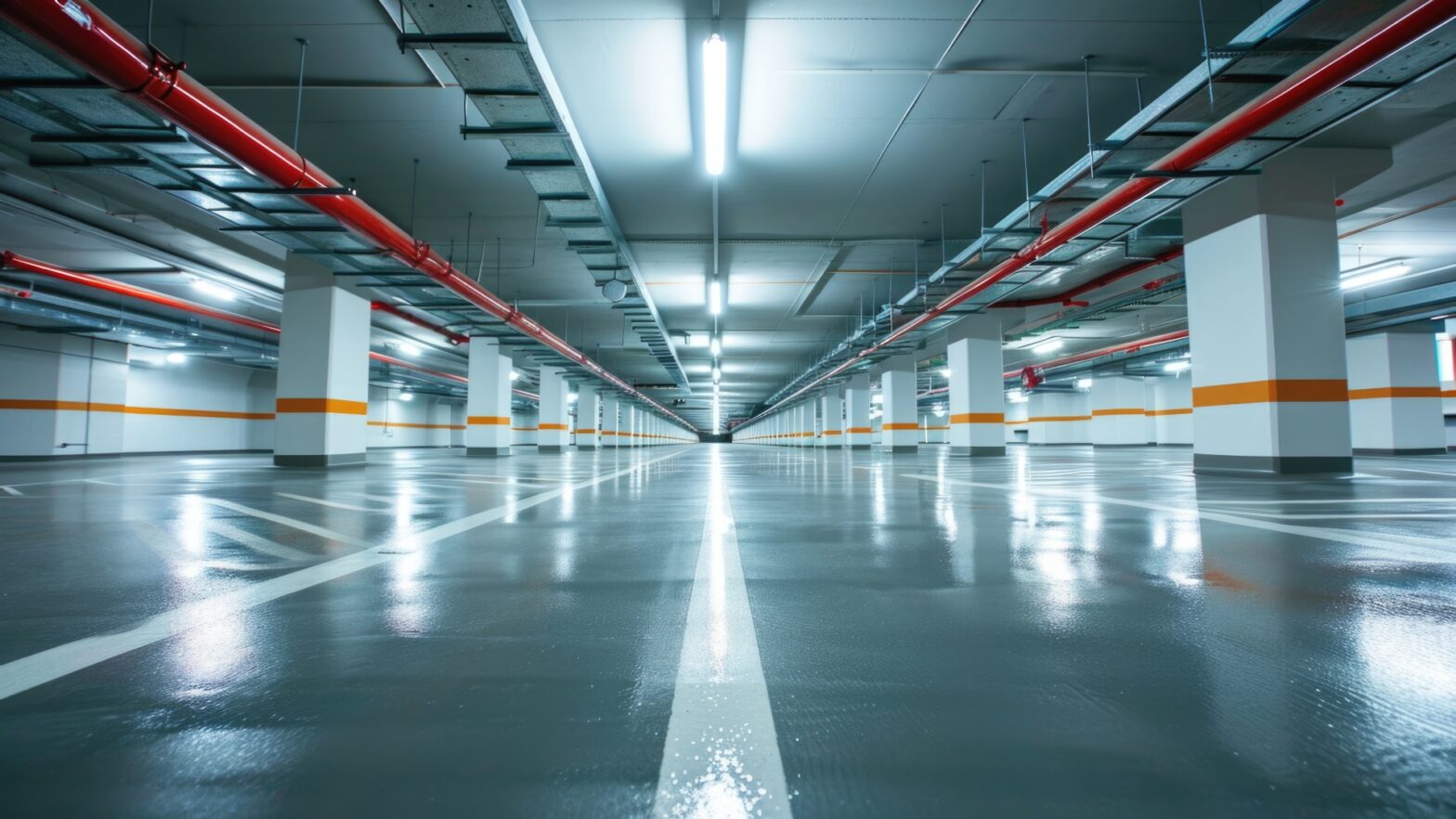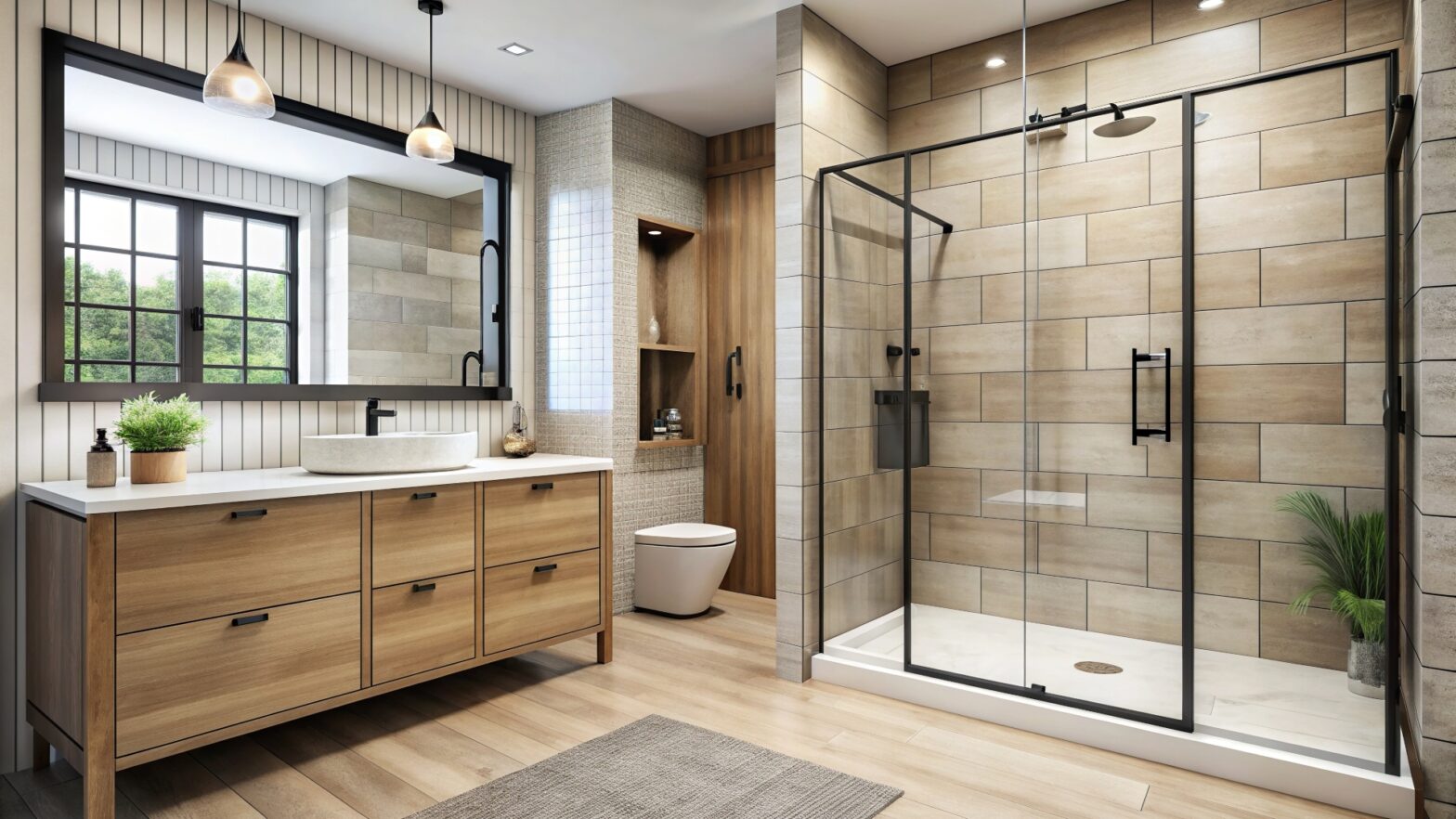Blueprints aren’t the only important “colors” in an architect’s palette. Green spaces are becoming increasingly common and sought-after in urban spaces. Modern design often incorporates the natural world rather than simply demolishing it, weaving buildings, trees, and other elements into a seamless “urban ecosystem.”
Since urban forestry is a relatively recent specialization—the term was first coined in a Canadian graduate study on municipal tree planting in 1965—there is still a need for skilled professionals to enter the industry. Would you like to bridge the gap between the built environment and the vital assets of trees?
Architects and urban forestry consultants can collaborate to create functional, sustainable, aesthetically pleasing urban spaces. In fact, architects can pivot into an urban forestry specialization through simple upskilling. You can take a look at an architect resume sample for inspiration on how to outline your experience and your skill set to aim for specific roles.
Below, we’ll consider some more reasons why you might consider this exciting and evolving field.
More Than Visual Appeal: Solid Benefits of Urban Trees
Trees look nice, but there are other reasons for including them in an urban development project. Consider a few compelling benefits below.
Trees Benefit the Planet
Cities are often plagued with smog, a fog or haze combined with atmospheric pollutants. Trees help purify the air, reducing this effect. They also decrease runoff, preventing harmful chemicals from entering waterways and reducing the risk of flooding.
Climate change is a major concern today. Many cities have experienced heat waves. Because of the reflective properties of concrete, asphalt, and other building materials, cities often become “heat islands,” experiencing temperatures noticeably higher than the surrounding environs. Trees can reduce this effect by providing shade, releasing moisture into the air, and absorbing up to 600,000 Btu of solar radiation every day. This “evapotranspiration” effect can reduce temperatures by up to 9 degrees Fahrenheit, according to the Environmental Protection Agency (EPA).
Trees Benefit People’s Health
As mentioned above, trees can reduce urban temperatures. This reduces the risk of heat-related illnesses. Likewise, their air-purifying properties help prevent respiratory illness.
Trees offer other health benefits as well. Studies have shown that exposure to urban scenes increases measurable stress levels, while images of greenery reduce stress. Urban green spaces can make people happier—they can enjoy decreases in blood pressure and stress hormones such as adrenaline and cortisol. Mental health conditions such as anxiety and depression are also positively impacted by the presence of trees. Access to green spaces can also improve cardiovascular health and increase cognitive function.
Trees Have a Positive Socio Economic Impact
Trees can have a direct economic impact on urban development projects—they increase property values and save building owners money. First, people are more likely to rent or purchase housing or shop in areas that provide a pleasant environment. Landscaped buildings command higher rental fees and enjoy lower vacancy rates.
Second, the shade and windbreaking trees can reduce cooling costs in the summer and heating costs in the winter. Experts are needed to help determine the placement of trees to maximize these benefits.
Trees likewise benefit local residents economically, with economic gains spreading outward into the community at large. Many urbanites have established indoor, balcony, and rooftop gardens to supplement healthy, fresh food supplies. When fruit-bearing trees are selected, they can contribute to this urban gardening initiative.
Additionally, studies have shown that the presence or lack of urban trees is often a litmus test revealing inequality—more affluent neighborhoods generally have older, established trees. Planting trees in underprivileged communities can foster a sense of community pride and a waterfall of other effects.
Sought-After Urban Forestry Skills
The benefits are clear, but what skills will you or your consultant need to include trees in your next design? First, you will need to assess the site, considering soil conditions, the root zones of existing trees, and how future projects may affect the site. Don’t forget that many municipalities have ordinances or regulations regarding the installation or removal of trees, so regulatory compliance is a must. Then, you must select the right species. Native plants are preferable, but attention must also be given to the mature size of the tree, its pollution tolerance, potential for shade, and cleanup of seeds, pods, or leaves.
During the planning phase, tree protection plans and long-term care should be considered. If the project site includes mature trees, care must be taken to protect the roots from nearby construction. Fencing or other boundaries may be needed to protect the tree throughout its lifetime. Building owners or custodians should be informed of ongoing maintenance needs, including pruning and watering schedules.
Key Takeaways
Many cities are working to preserve existing trees and plant new ones to access the environmental, economic, and public health benefits that trees afford. This movement spells great opportunities for urban forestry consultants and architects with a specialization in the field.












